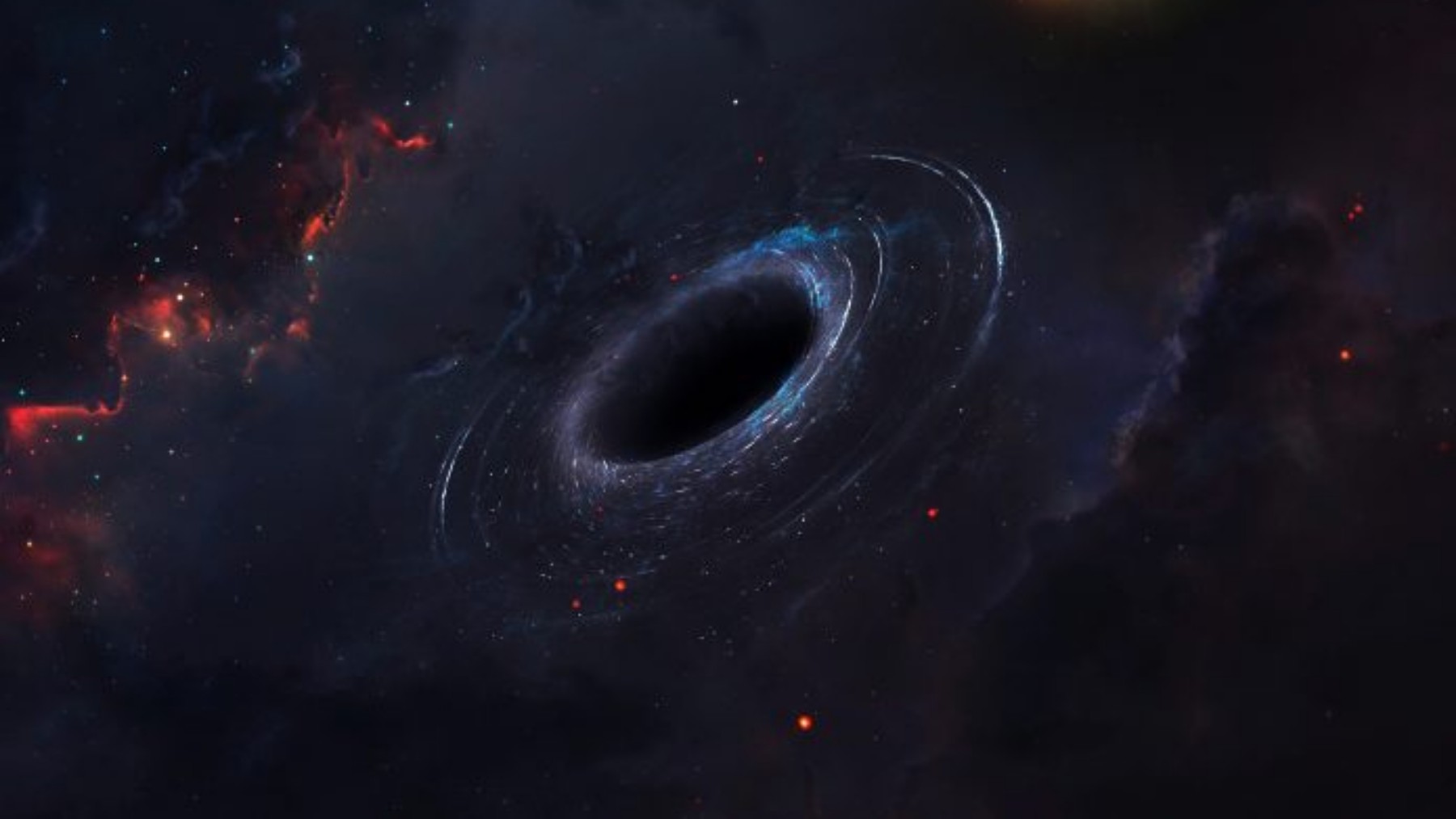Sagittarius A* is the black hole at the center of our galaxy, the Milky Way. Last Wednesday, images of it were published, showing it like never before. According to co-leader and NASA Hubble Fellowship Program Einstein Fellow at the Center for Astrophysics at Harvard & Smithsonian, Sara Issaoun, it is now that the existence of strong, twisted, and organized magnetic fields near the Milky Way’s black hole has been recognized.
The first time we were able to see a black hole in images was in 2019, thanks to the Event Horizon Telescope project. It was about the image of the black hole located at the center of the Messier 87 (M87) galaxy, which is larger than Sagittarius A*, however, both have similar characteristics. Nevertheless, they show a notable difference, which is that M87* can remain stable, while Sgr A* constantly changes. After the collaboration of eight telescopes around the planet to capture clear images, the results were published in The Astrophysical Journal Letters.
Sagittarius A*
With a mass equivalent to 4 million solar masses, and at a distance of 27,000 light-years from Earth, Sagittarius A* is the supermassive black hole located at the center of the Milky Way, our galaxy. It cannot be observed directly, but the matter surrounding it can be detected, and it has a gravitational pull that affects the movement of the stars and gas around it. It was in 2022 when the first image of the hole was obtained, where its ring-shaped silhouette and the dark region in the center could be seen.
Messier 87 (M87)
It is a giant elliptical galaxy located at the center of the Virgo galaxy cluster. It is the first supermassive black hole that was photographed by the Event Horizon Telescope (EHT) in 2019. One of the features of M87 is that it emits a high-energy plasma jet from its center, which extends thousands of light-years.
New images
The latest image of Sagittarius A* reflected an unprecedented detail: a structure of the magnetic field of the black hole resembling a striking spiral. According to project co-leader and NASA Hubble Fellowship Program Einstein Fellow at the Center for Astrophysics at Harvard & Smithsonian, Sara Issaoun, “What we are seeing now is that there are strong, twisted, and organized magnetic fields near the black hole at the center of the Milky Way galaxy.” Furthermore, the Event Horizon Telescope collaboration described it as a “new view of the monster lurking at the heart of the Milky Way galaxy”.
It was in 2019 when the Event Horizon project was able to capture an image of the black hole located 55 million light-years from Earth, in the Virgo galaxy cluster, the galaxy Messier 87 (M87). This is a much more distant and larger black hole than Sagittarius A*, but researchers have revealed that they have very similar characteristics. According to Issaoun, “Along with Sgr A*, which has a surprisingly similar polarization structure to that seen in the much larger and more powerful M87*. We have learned that strong and organized magnetic fields are critical to how black holes interact with the gas and matter around them”.
Obtaining this image would not have been possible without the collaboration of the EHT, which activated 8 telescopes around the world simultaneously to capture these images. The results of this study were published in The Astrophysical Journal Letters, and we will have to make do with them until this collaboration occurs again.
Are NASA and all its missions and projects in danger because of Trump’s tariffs?





